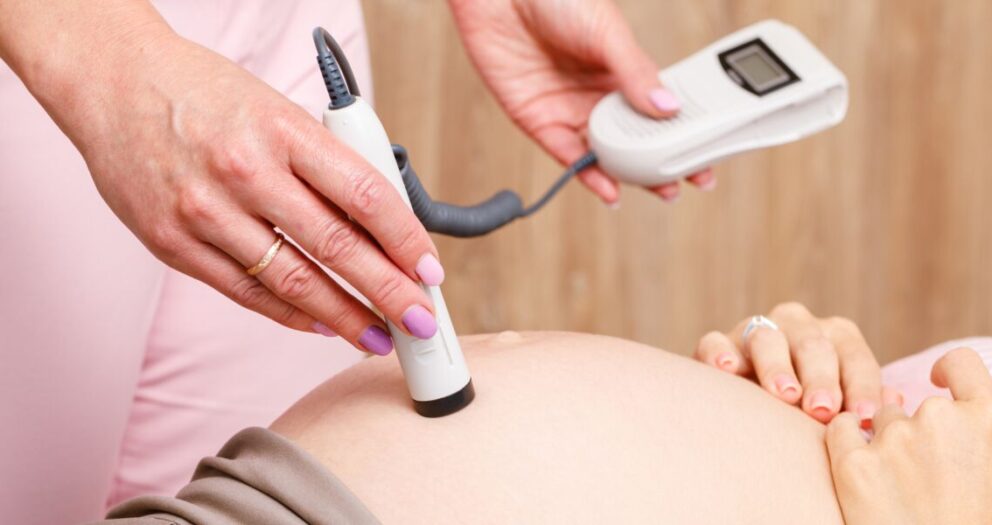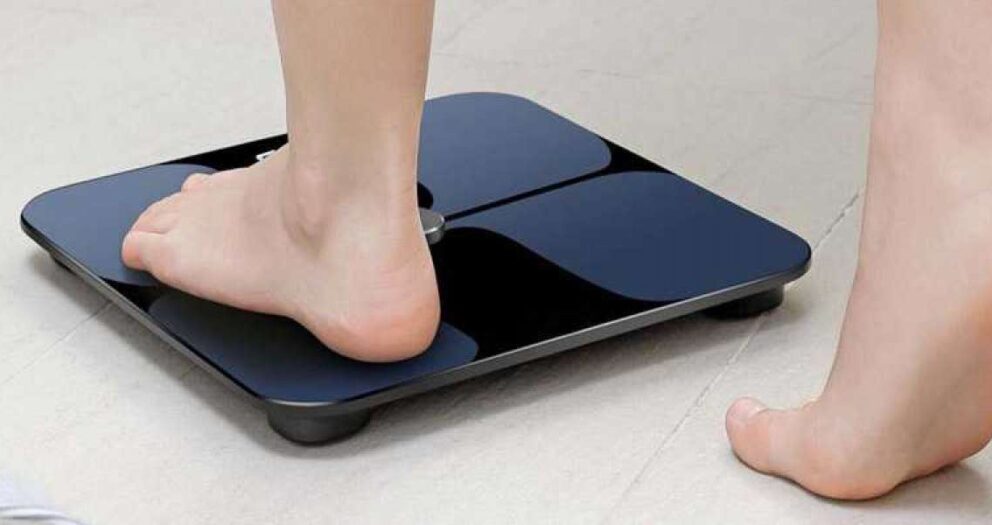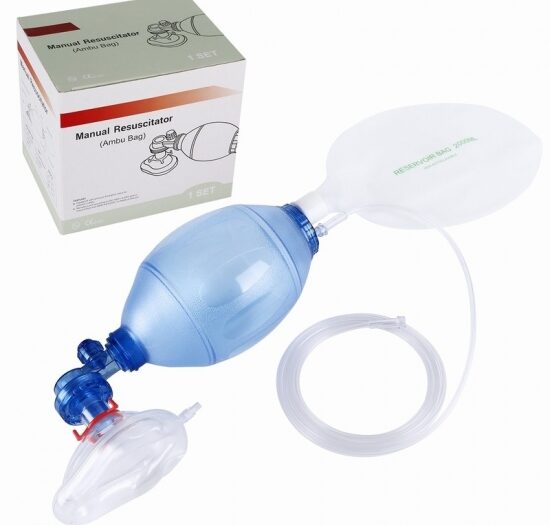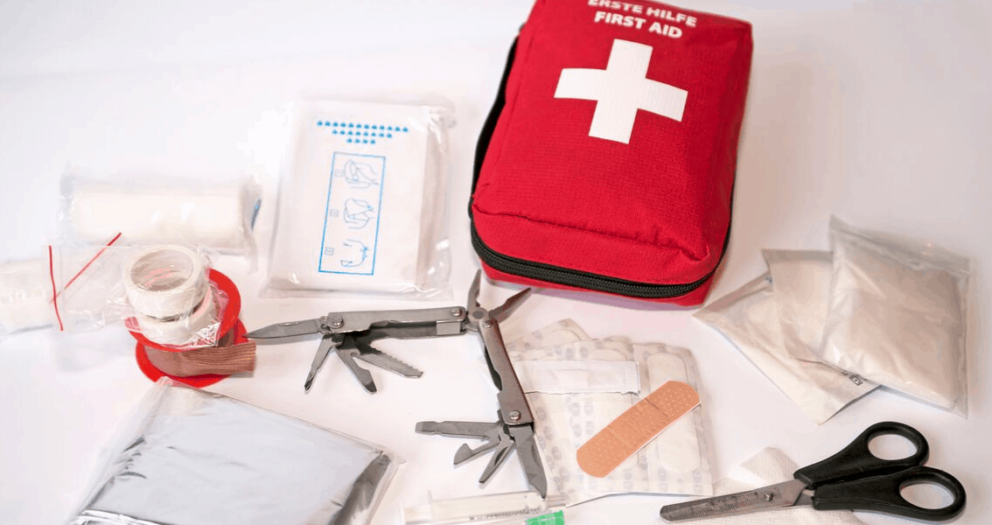At every step of the way, people in the home monitoring group had more success getting their blood pressure under control than people who had received only usual care. At the end of the trial, 72% of those doing home monitoring had their blood pressure under control, compared to 57% of the usual care group. The benefits persisted six months after the program had ended.
The results, , are similar to the findings of previous studies on home blood pressure monitoring. But, according to the researchers, this is the first time people with both uncontrolled blood pressure and other conditions (such as diabetes) have been studied in such a program, and the first time results were measured after the formal monitoring program had ended.
“More frequent blood pressure monitoring allows more opportunities to detect blood pressure that is higher than the desired range. That may trigger more intensive treatment of elevated blood pressure,” . In other words, if you stay on top of it, you’ll do a better job of treating it.
An editorial accompanying the report said that the study “demonstrates how to improve blood pressure control by making hypertension management more like modern banking: accessible, easy, and convenient.”
The need for home monitoring
The Centers for Disease Control and Prevention reports that 1 in 3 adults in the United States has high blood pressure, and half of them don’t have it under control. High blood pressure increases the risk for heart disease and stroke, the leading causes of death in the United States.
Even though the American Heart Association and other organizations have called for greater use of home blood pressure monitoring, it isn’t yet widespread. One reason is that insurance coverage for such programs still lags. Another is that full-fledged efforts like the one in Minnesota could cost $1,350 per person.
Monitoring at home
But you don’t need a special program. You can buy a good home blood pressure monitor at a pharmacy or online merchant for anywhere from $50 to $100. (Ask if your insurance company will cover the cost.) A few things to look for:
- an automatic monitor that doesn’t require a stethoscope (it’s easier to use)
- a monitor that takes the blood pressure reading using a cuff that fits around the upper arm;
- a read-out large enough for you to see the numbers;
- a seal from an organization such as the British Hypertension Society, International Protocol for the Validation of Automated BP Measuring Devices, or Association for the Advancement of Medical Instrumentation (AAMI).
Ask your doctor, nurse, or pharmacist for help calibrating your monitor and learning how to use it.
How often should you check? At first, take your blood pressure twice a day for a week. The best times are early in the morning (before you have taken any blood pressure medications) and again in the evening. After you’ve done this for a week, once or twice a month—or whatever your doctor recommends—is fine.
“It can be a very effective way to see if blood pressure medications are doing the trick. It can also be useful to monitor for the side effect of blood pressure that is too low. Just remember that home monitoring should not be used as a substitute for regular physician check-ups, especially for patients with poorly controlled blood pressure,”







Write a comment
Your email address will not be published. All fields are required